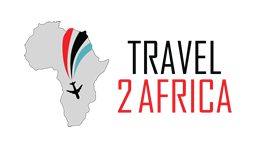In Africa, the big five game animals are the lion, leopard, rhinoceros, elephant, and Cape buffalo. The term "big five game" (usually capitalized or quoted as "Big Five") was coined by big-game hunters and refers to the five most difficult animals in Africa to hunt on foot. Subsequently the term was adopted by safari tour operators for marketing purposes. The members of the Big Five were chosen for the difficulty in hunting them and the degree of danger involved, rather than their size. The big five are among the most dangerous, yet most popular species for big-game hunters to hunt. The 1990 and later releases of South African rand banknotes feature a different big-five animal on each denomination.
Countries where all the members of the big five can be found include Angola, Botswana, Zambia, Uganda, Namibia, Ethiopia, South Africa, Kenya, Tanzania, Zimbabwe, the Democratic Republic of the Congo, Rwanda and Malawi.
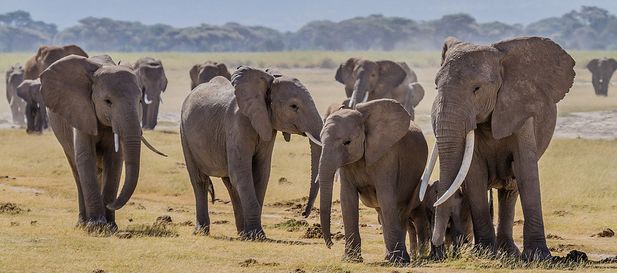
African elephant
The African elephant is a very large herbivore having thick, almost hairless skin, a long, flexible, prehensile trunk, upper incisors forming long curved tusks of ivory, and large, fan-shaped ears. The two distinct species of African elephant are: African forest elephant and the African bush elephant. It is said that elephants are difficult to hunt because, despite their large size, they are able to hide in tall grass and are more likely to charge than the other species.
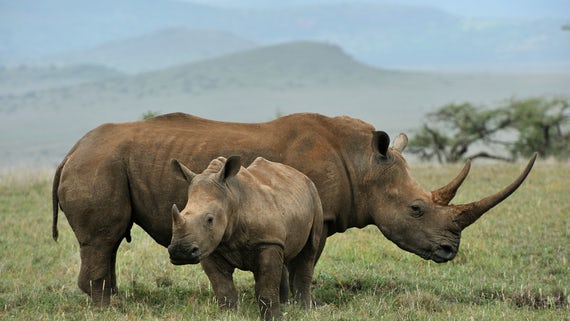
Black rhinoceros
The black rhinoceros is a large herbivore having two upright horns on the nasal bridge. Its thick (1.5–5 cm) protective skin, formed from layers of collagen positioned in a lattice structure, is very hard to puncture. In the context of big-game hunting in Africa, the term "rhinoceros" may refer to either the black or the white rhinoceros, in South Africa they are called ‘Rhino’. Among big five game hunters, the black rhinoceros is preferred, although it is now critically endangered, and hunting is extremely limited due to this.
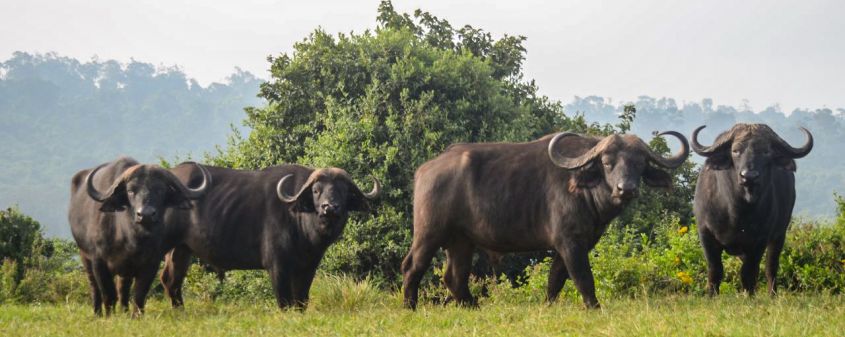
Cape buffalo
The African buffalo or Cape buffalo is a large horned bovid. Buffalo are sometimes reported to have killed more hunters in Africa than any other animal, and they're the only animals within the Big Five that aren't endangered or threatened. A similar claim is also made of hippos and crocodiles, but these statements include all people and not strictly hunters. The Cape buffalo is considered by many to be the most dangerous of the big five, reportedly causing the most hunter deaths, with wounded animals reported to ambush and attack pursuers.
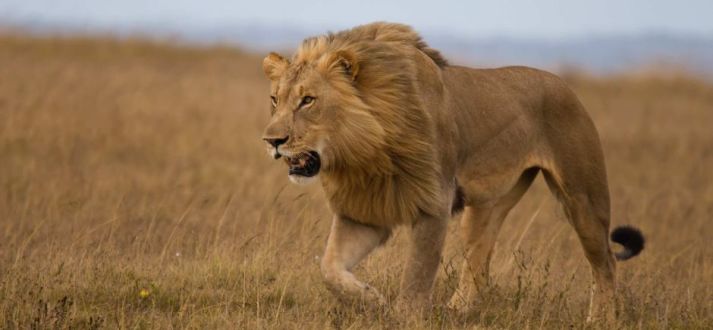
African lion
The lion is a large carnivorous feline of Africa and northwest India, having a short, tawny coat, a tufted tail, and in the male, a heavy mane around the neck and shoulders. Lions are desirable to hunters because of the very real danger involved. A lion may attack without provocation, and is considered by many to be the best of the big five. Lion hunting is challenging because of the habitat and temperament of the lion. Lions live in the savanna where tall grasses, shrubs, and bushes obscure them and provide cover and camouflage. Lions do not generally avoid confrontation, but will usually face a challenger. They are unpredictable and may charge when sufficiently annoyed or confronted by danger. These factors together make lion hunting a challenge to hunters.
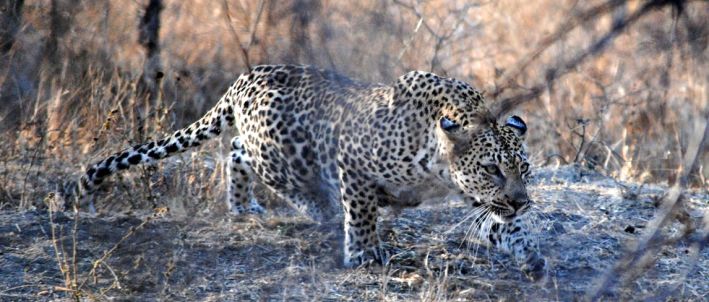
African leopard
The leopard is a large, carnivorous feline having either tawny fur with dark rosette-like markings or black fur. Of the big five, it is most difficult to acquire hunting licenses for leopards. The leopard is considered the most difficult of the big five to hunt because of their nocturnal and secretive nature. They are wary of humans and will take flight in the face of danger. The leopard is solitary by nature, and is most active between sunset and sunrise, although it may hunt during the day in some areas. Leopards can be found in the savanna grasslands, brush land and forested areas in Africa. Baiting, hounding, and stalking are the most common methods used to hunt the cat.
